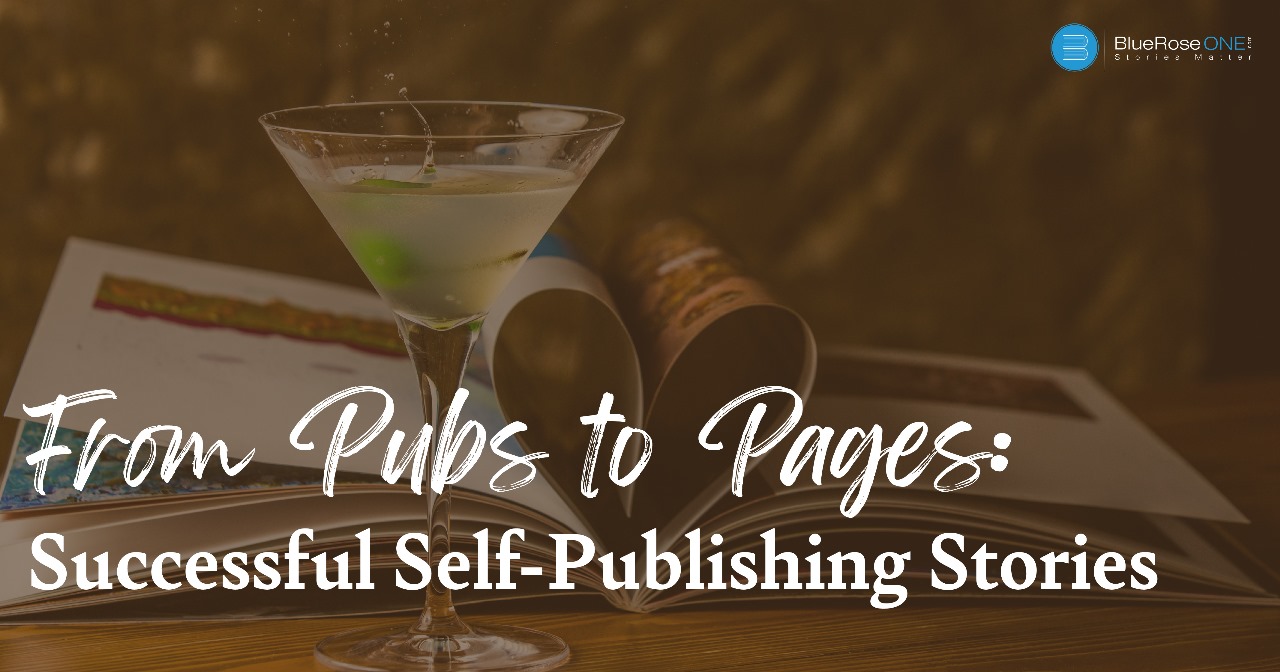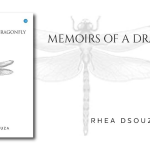In an era where aspiring authors no longer rely entirely on traditional publishing methods, self-publishing has emerged as an exciting new way for writers to share their stories with the world. This blog, “From Pubs to Pages,” explores the interesting world of successful self-publishing stories.
We’ll go on a tour through the lives of authors who seized ownership of their stories, tried self-publishing, and achieved incredible success. From overcoming obstacles to revolutionising the publishing landscape, these stories highlight the numerous and inspiring roads that lead from self-publishing to literary success.
The Rise of Self-Publishing
Self-publishing has experienced a transformation, moving from a perceived last resort to a preferred option for many authors. The rise of digital platforms, increased accessibility, and changes in reader tastes have all led to the democratisation of publishing.
As we investigate successful self-publishing stories, it is critical to acknowledge the empowering character of this channel, which allows authors to forge their own paths to success.
You may also like: Top 10 Best Biographies of All Time
1.Hugh Howey: The Beacon of Self-Publishing Success
Hugh Howey’s journey from yacht skipper to literary celebrity is an encouraging story of self-publishing success. Howey’s success came with his dystopian science fiction trilogy “Wool.” Unconvinced by traditional publication, Howey began self-publishing his work on Amazon’s Kindle Direct publication programme.
The series became extremely popular, attracting a large following and traditional publishers who took note. Eventually, Howey signed a hybrid publishing arrangement while keeping the digital rights, demonstrating the potential for a mutually beneficial connection between self-publishing and established methods.
Howey’s success highlights the power of leveraging digital platforms and maintaining control over one’s work. His journey illustrates the potential for self-published authors to not only achieve recognition but also negotiate favourable deals in the evolving landscape of publishing.
2.Amanda Hocking: From Blogger to Bestseller
Amanda Hocking’s self-publishing journey began on a personal blog before evolving into a prolific career as a best-selling author. Dissatisfied with traditional rejection, Hocking turned to self-publishing her young adult paranormal novels, starting with the “Trylle Trilogy.” Her stories resonated with readers, and Hocking quickly became a self-publishing phenomenon, earning millions in book sales.
Hocking’s story underscores the democratising nature of self-publishing, allowing writers to connect directly with their audience. Her success challenges the notion that self-published works lack quality or marketability, proving that engaging storytelling can thrive regardless of the publishing path chosen.
3.Richard Ahenkorah: A Corporate Trainer to Literary Architect
Richard Kwarteng Ahenkorah’s career as a self-published author demonstrates his dedication to leadership development and empowerment. With a background as a seasoned corporate trainer and inspirational speaker, Richard set out on a quest to share his wealth of knowledge and insights with a larger audience.
Richard’s decision to self-publish demonstrates his confidence in the value of accessible knowledge. By avoiding traditional publication channels, he ensures that his themes of hope, the future, and leadership development reach a global audience directly. As a corporate trainer dedicated to educating leaders for higher positions, Richard Kwarteng Ahenkorah’s excursion into self-publishing expands his reach and leaves an unmistakable impression on the landscape of leadership books.
You may also like: Insights from Bestselling Authors: The Art of Storytelling
The Keys to Successful Self-Publishing
As we dissect the stories of Howey, Hocking, and Ahenkorah, certain key principles emerge that contributed to their self-publishing triumphs. These principles serve as valuable guideposts for aspiring authors considering the self-publishing route.
- Quality content and professionalism:
- Successful self-published authors value high-quality content. From expert editing to engaging cover design, investing in the book’s presentation is critical. Howey, Hocking, and Ahenkorah all ensured that their work matched industry standards, which added to their general appeal.
- Understanding the Market:
- Market awareness is vital for self-published authors. Howey’s “Wool” tapped into the rising popularity of dystopian fiction, while Hocking recognised the demand for young adult paranormal stories. Ahenkorah’s “Are You a Good Leader?” aligned with the growing interest in science fiction. Authors who understand their target audience and market trends increase their chances of success.
- Engagement and networking:
- Building a readership requires active engagement. Hocking’s blog and Ahenkorah’s online serialisation demonstrate the power of connecting with readers directly. Successful self-published authors often leverage social media, author websites, and book communities to foster relationships with their audience.
- Adaptability and Innovation:
- Howey’s embrace of digital platforms, Hocking’s use of online serialisation, and Ahenkorah’s utilisation of his blog showcase adaptability and innovation. Successful self-publishing involves staying abreast of industry changes and leveraging new avenues for reaching readers.
- Persistence and Resilience:
- The road to self-publishing success is rarely without challenges. Howey’s initial rejection from traditional publishers, Hocking’s perseverance despite early rejections, and Ahenkorah’s decision to self-publish “Are You a Good Leader?” after facing setbacks all highlight the importance of resilience in the face of adversity.
You may also like: The Rise of Self-Publishing and What it means for authors
The Future Landscape of Self-Publishing
As the success stories of Howey, Hocking, and Ahenkorah illustrate, self-publishing has evolved from a niche avenue to a viable and respected path for authors. The future landscape of self-publishing holds exciting possibilities, driven by technological advancements, changing reader habits, and a growing acceptance of diverse publishing models.
- Technological Advancements and Accessibility:
- Evolving technologies, such as blockchain and artificial intelligence, are poised to impact self-publishing. These innovations can enhance copyright protection, streamline distribution, and provide authors with new tools for reaching audiences. Increased accessibility to digital platforms further democratises publishing, allowing authors from diverse backgrounds to share their stories globally.
- Hybrid Publishing Models:
- The boundary between traditional and self-publishing continues to blur, giving rise to hybrid publishing models. Authors can now negotiate deals that retain some rights while benefiting from traditional publishing resources. This shift provides authors with greater flexibility and control over their intellectual property.
- Diversity and Inclusivity:
- Self-publishing has emerged as a venue for different voices and stories that traditional publishers typically neglect. As the business embraces inclusion, self-publishing provides a platform for marginalised authors to tell stories that resonate with their communities. This trend adds to a broader and more diverse literary scene.
- Reader-Centric Approaches:
- Successful self-published authors understand the value of reader feedback and involvement. Future developments in self-publishing may see authors take even more reader-centric techniques, such as interactive storytelling, reader participation in book creation, and tailored content delivery. This growth increases the relationship between authors and their listeners.
You may also like: The importance of Professional Editing in Self Publishing
Conclusion
“Explore self-publishing success with ‘From Pubs to Pages,’ learning from Howey, Hocking, and Ahenkorah. Navigate evolving landscapes using timeless principles like quality content, market awareness, engagement, adaptability, and resilience. Self-published authors, driven by creative control, rejection of gatekeeping, or inclusivity, contribute vibrancy to storytelling. The future holds exciting opportunities for authors to shape narratives and connect globally.”














